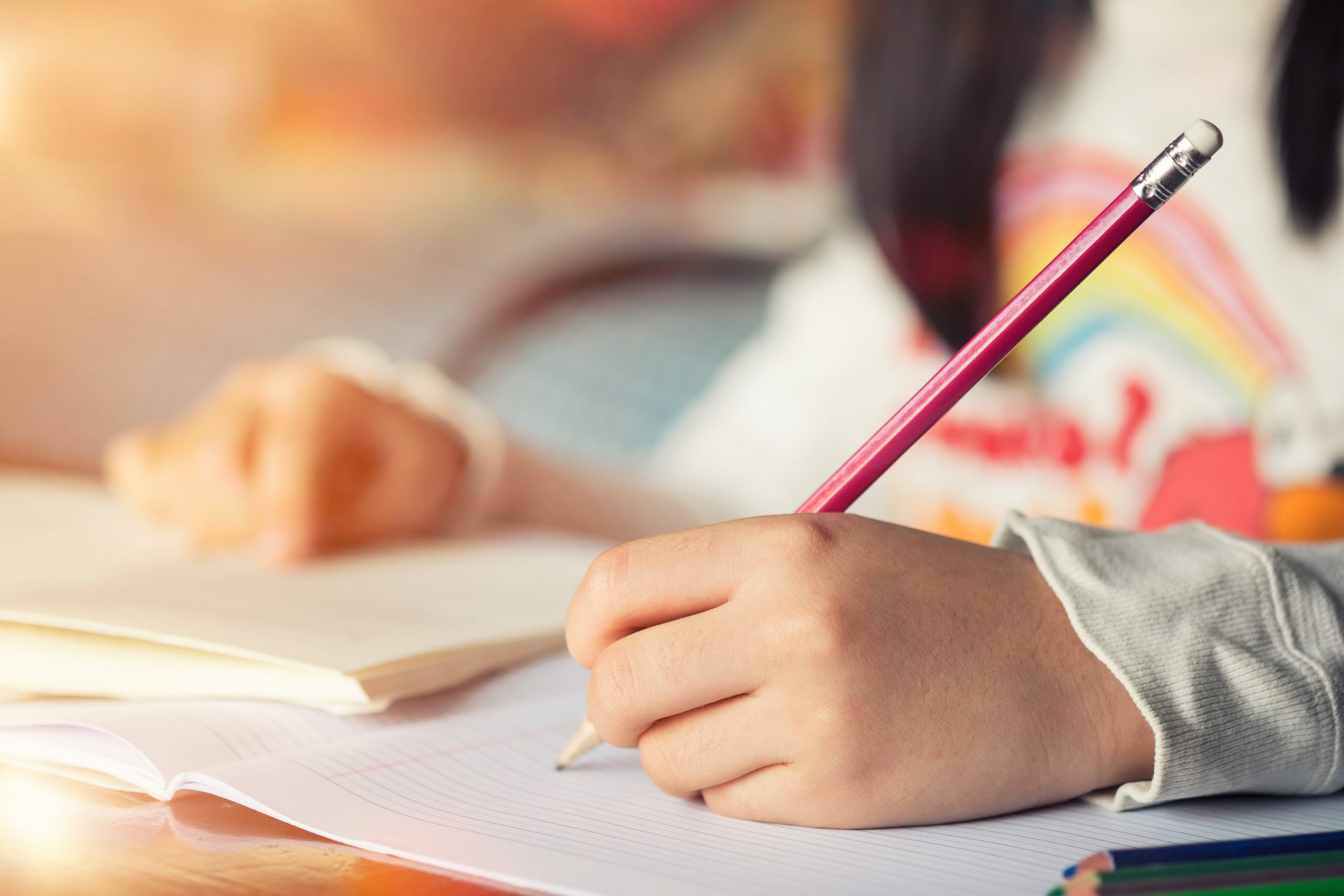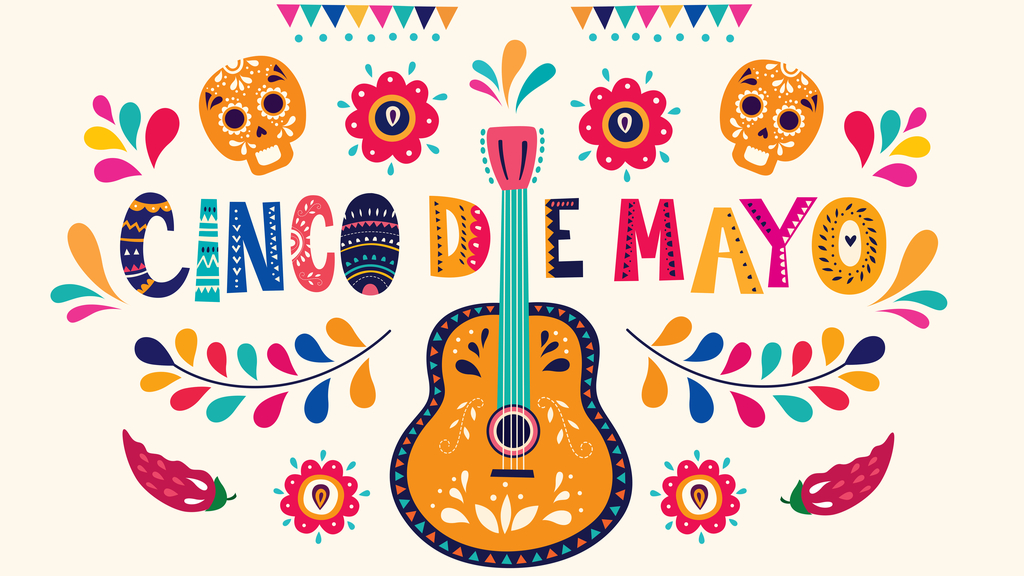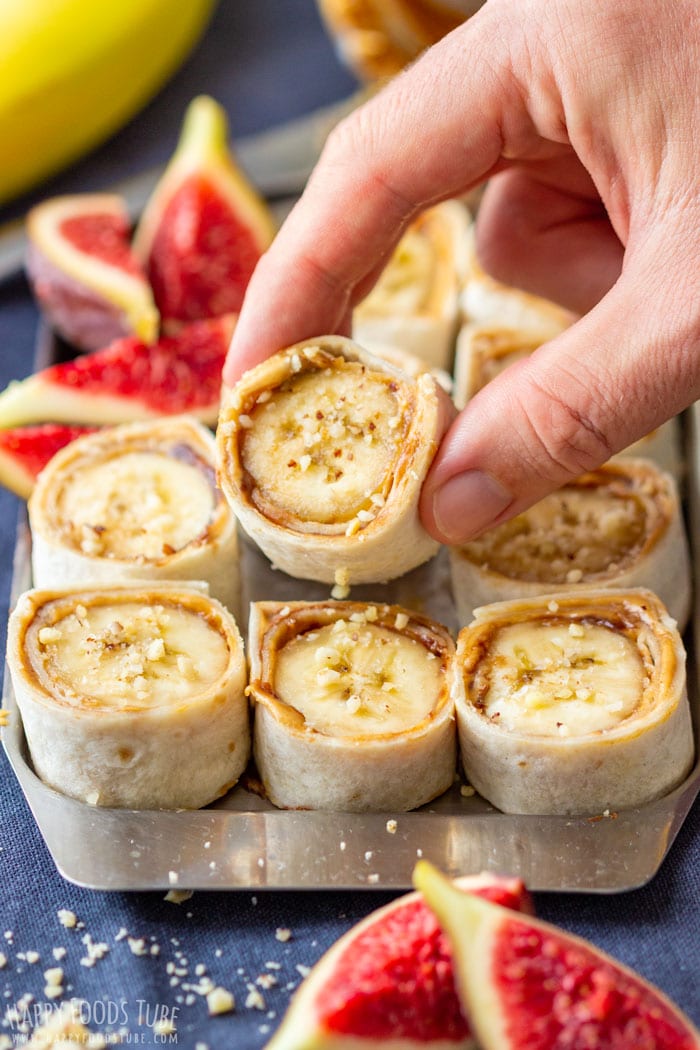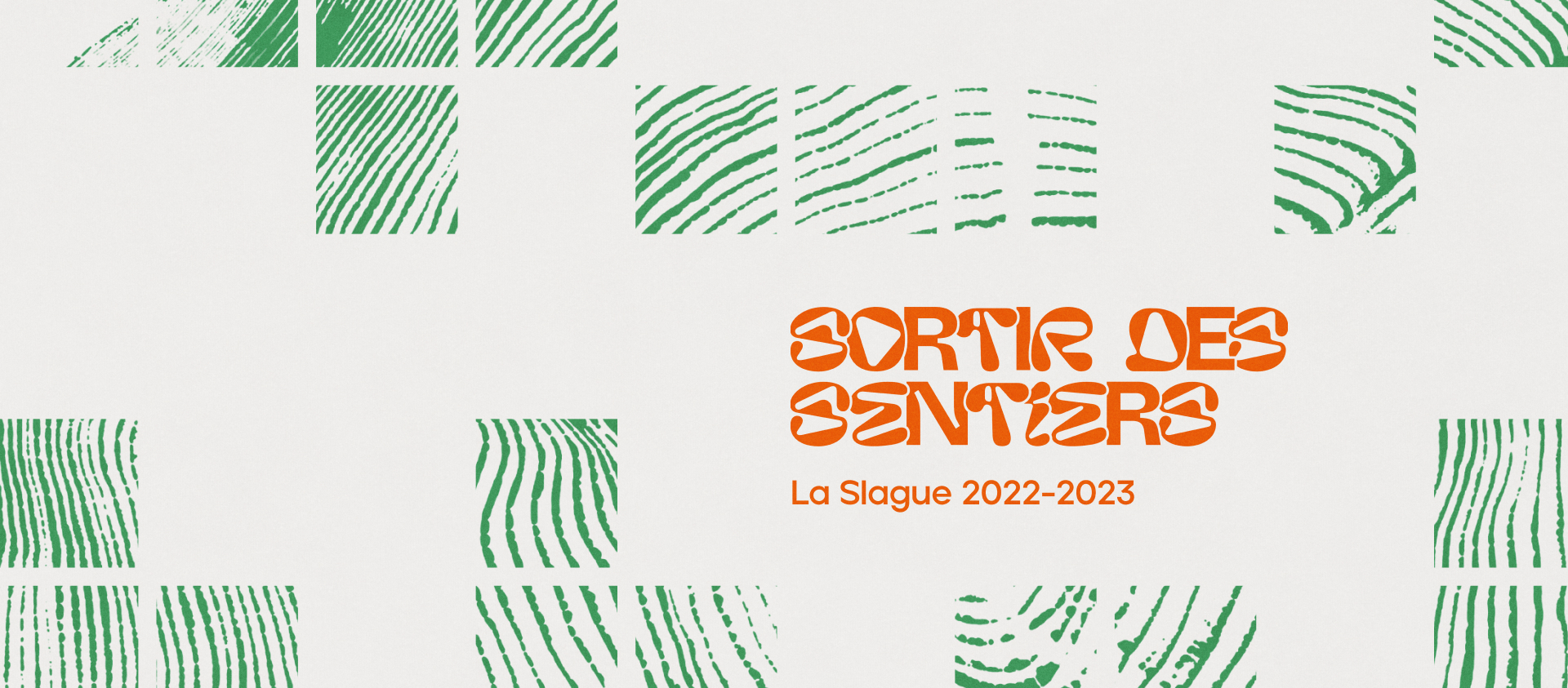Music helps develop coordination and fine motor skills. What a satisfaction to see the children engaging as much as possible in an activity that is both dynamic, enjoyable and develops their skills! Children are always proud to express themselves and make references to the songs they know.
We want the child to feel free to express themselves. That way he will have a sense of belonging. It’s simple, everyone can sing and make music. And if we manage to encourage our little friends to actively participate in a circle of ditties, that is it. Children can learn to appreciate their language and culture better within their little community.
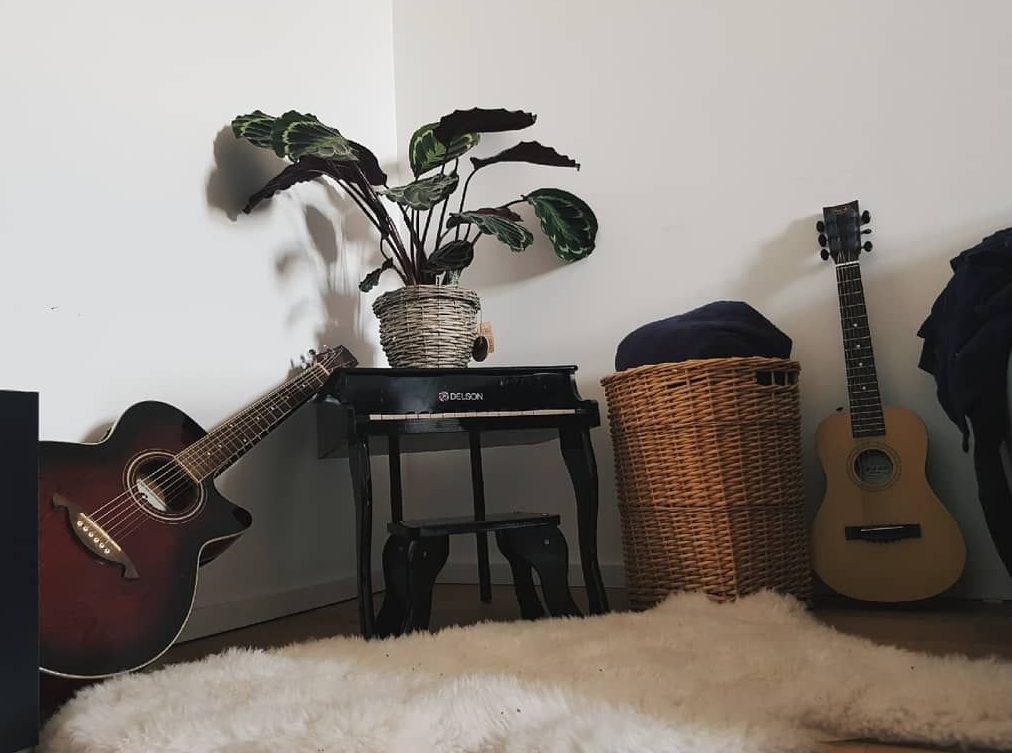
Step 1 – Creating a ''music space''
You will need :
- Your maracas;
- a blanket or a rug to sit down comfortably;
- Other percussion instruments you may have around the house.
Setup your music space to be inviting and comfortable. Parents are certainly invited to participate, as are children.

...on to some warm ups
For our first session, we are going to do some simple musical alertness activities. Starting with warming. And then I am going to sing some little songs that the little ones know, and you can sing with me. I encourage parents to sing at home, as educators do at daycare. We call it modeling and it can make all the difference in the child’s participation!
Let’s do a few warm ups with our voice and invent songs with some of the names of the children who participate!
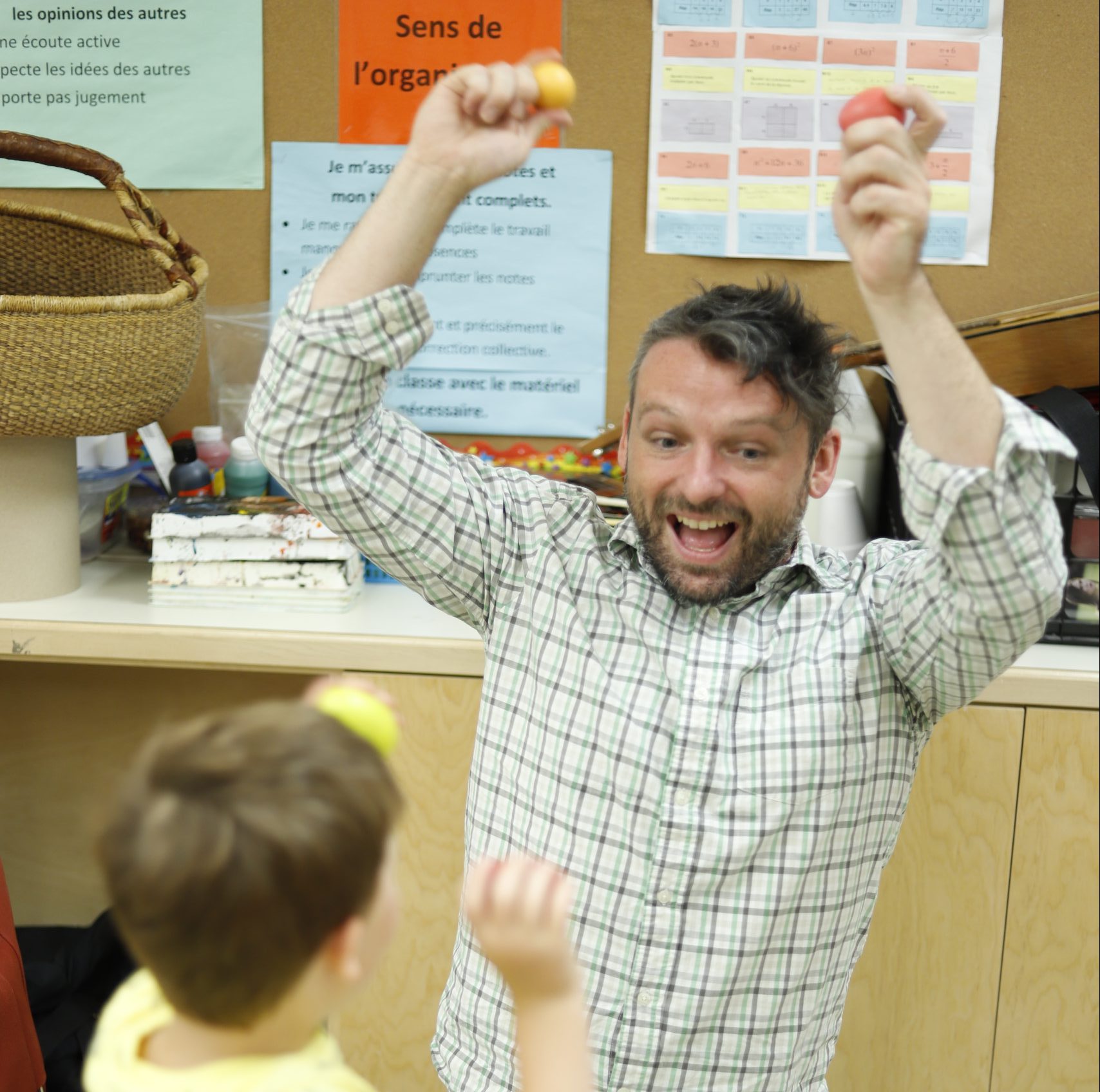
Step 2 – High pitch, low pitch
When I visit the daycares to facilitate, I like to start by distributing eggs-maracas-bells and doing a simple exercise:
- When I sing a high note we stretch straight up on tiptoe, arms in the air;
- Then we drop down to the ground when I song a low note (all the while shaking our maracas) ;
- Once down low, we hold a silence for a second and repeat the cycle.
In this way we develop auditory and motor agility. You associate a higher (high) or lower (low) frequency with an action you can easily remember.
Step 3 – Simple rhythms
For this part we put away the maracas and instruments and we only use our hands.
TA-TA titi TA
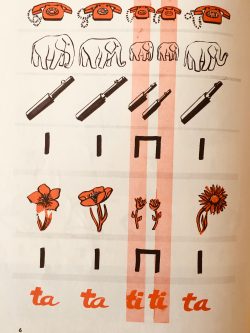
TA-TA tiritiri TA
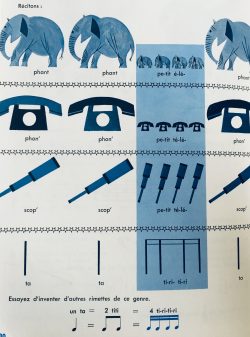
Other combinations :
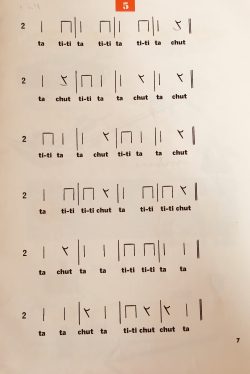
Diary
On today’s logbook page, kids can document the day’s activity. For example, writing lyrics to an original song (maybe their very first!) Or drawing smaller or larger objects or animals, like the activity we did with simple rhythms. They can even invent their own code to transcribe music! The possibilities are limitless!
If your child is documenting alone, you are invited to ask him or her questions to feed and improve the journal entry. Here are some questions you can ask:
- Have you noticed we sing when we speak?
- There is music all around us. What music do you hear now? (ex : the fridge, the heating ducts…the droplets in the kitchen sink)
- Do you think elephants like music? And if so, what kind? What about monkeys?
Did you know...
- … Music can modulate heart rate, blood pressure and respiration to reflect the movements of a song.
- … When you expose a preverbal child (or a child who is just beginning to speak) to song and music, they are already given tools to begin to distinguish the basics of language, rhythm and intonation. Some researchers go so far as to say that these structures, those of overlaying words, their syllables and their tonic accents on a musical structure are already present before birth!
- … 20% of children learn to play music and 70% of adults regret not having learned.
Search your home and use your imagination to turn everyday objects into instruments. Here are a few examples.
Activity by M. Coco.

